Make your own 'universal' pad chords that fit with almost any key in 6 easy steps
How to create truly versatile pad sounds
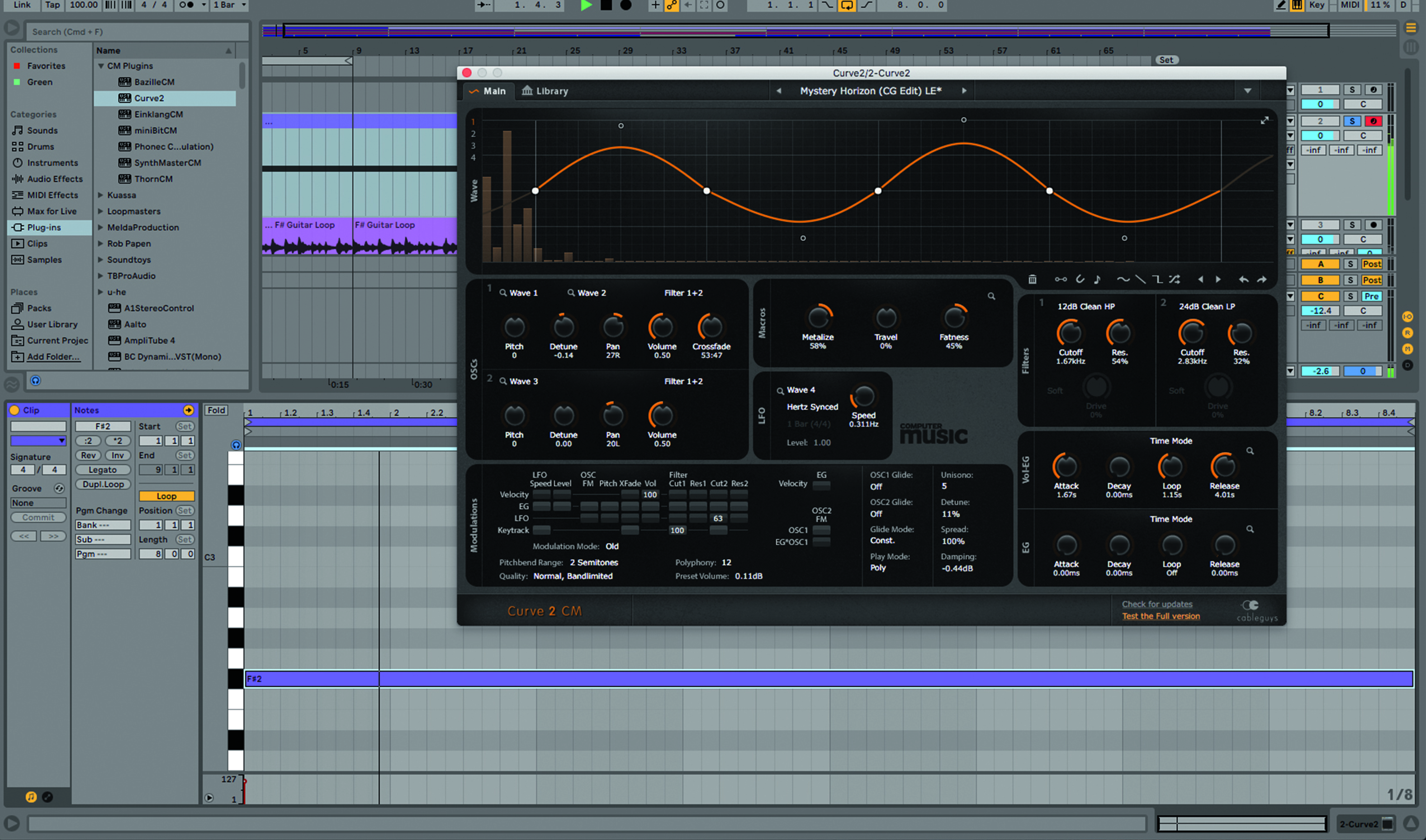
When it comes to pads, the world is your oyster. If you’re looking for a sound that fills out a wide range of frequencies with a sustained, complex, evolving tone, almost anything goes in the pursuit of creating something new, fresh and exciting. But with no limits to the possibilities, making meaningful decisions can be tricky.
Here we're going to explore how to create a pad sound that can fit with a track in almost any key.
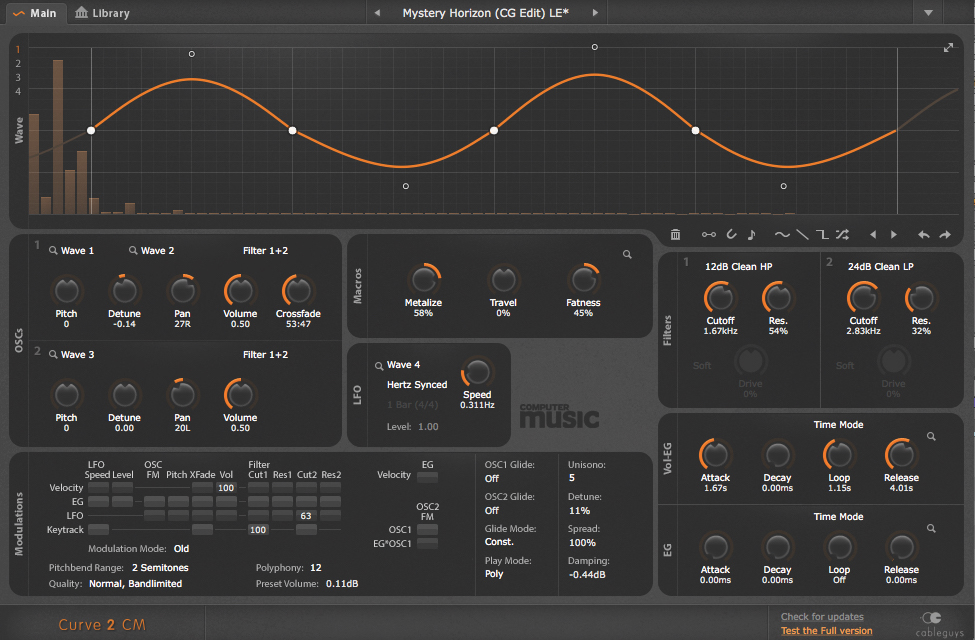
Step 1: This track is in the key of F# major, but at this stage, it doesn’t matter whether it’s major or minor – what’s important to us is the root note of F#. For this tutorial we have been using Cableguys' Cruve 2 CM and some MIDI files to download which will help you. Let’s lay a long F# note down – we know that’ll work melodically with our track.
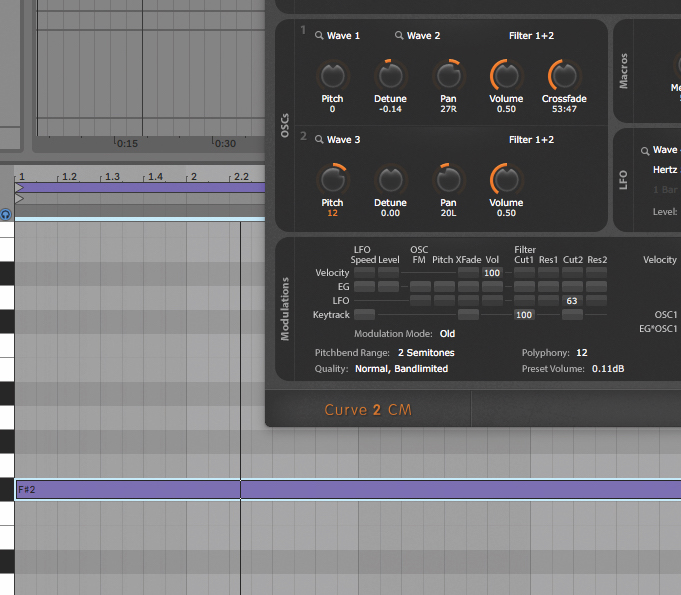
Step 2: From here, we can program more notes, or dial in another oscillator tone. Either way, let’s make this second note fit in an octave (12 semitones) above the original, then add a third note an octave below. These three F# notes are
in unison.
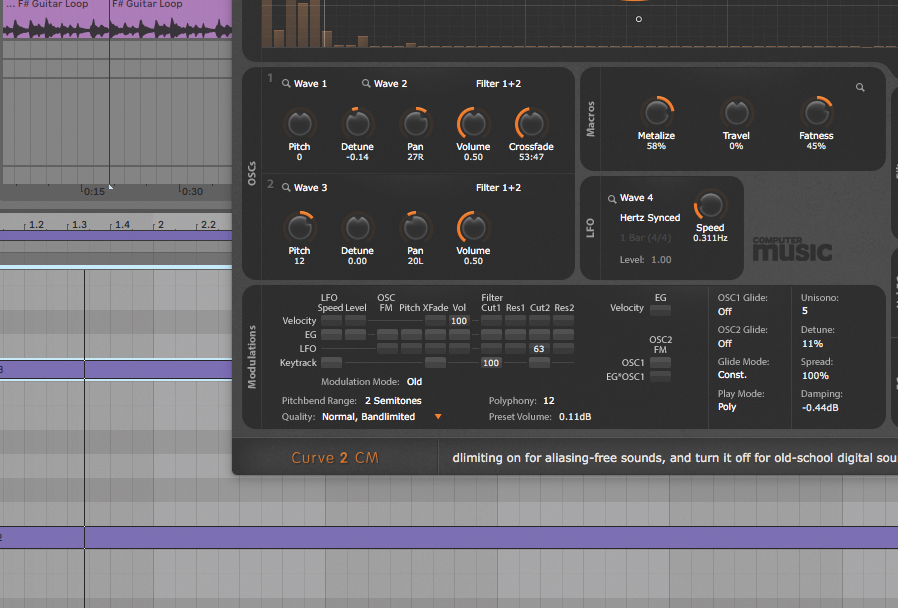
Step 3: As all the notes of our pad are F#, the pad stays in key with the track. Next, let’s try a few oscillator or note combinations, and see how some fit and some clash. We rest on +7 semitones – that’s a C#. This note interval is also known as a fifth.
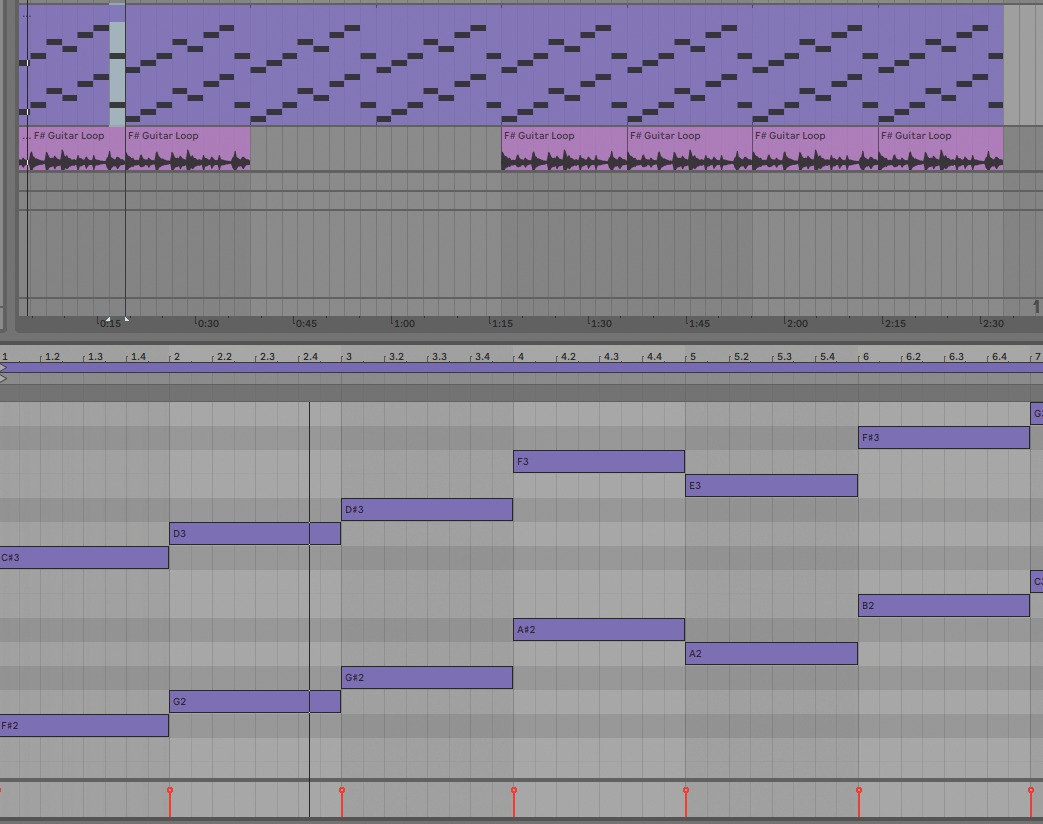
Step 4: This fifth almost always sounds good, whether you’re in a major key or a minor key. Try changing all the notes currently on the piano roll, moving them up together by different numbers of steps, but still keeping each pair separated by a fifth. Not everything will work, but when it does, it’ll work for both the F# (the root) and the C# (the fifth).
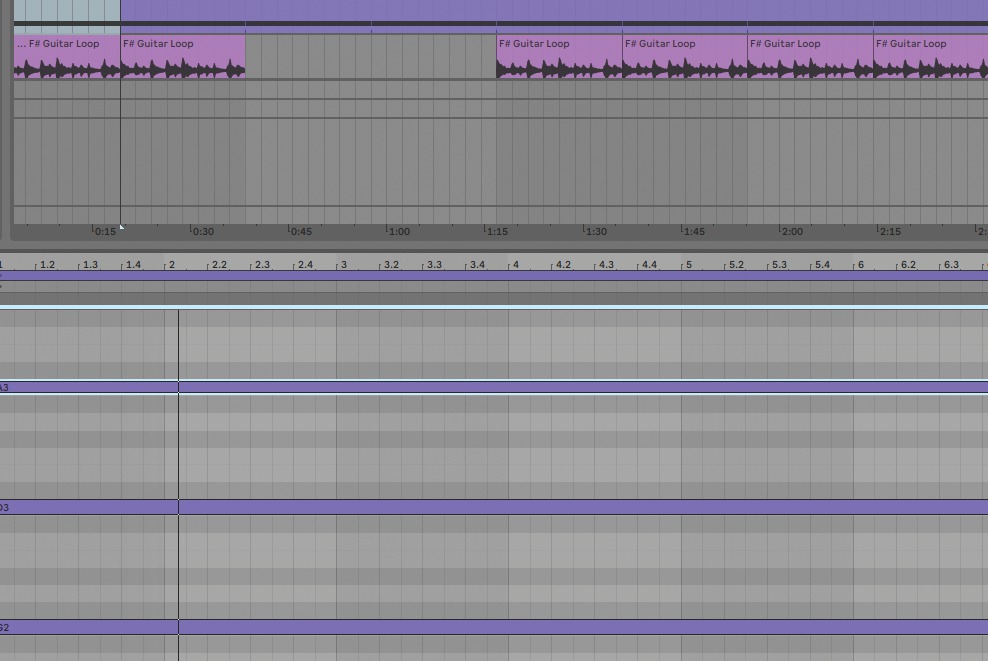
Step 5: We can prove this by changing our track to G major. Now any G notes work with the track, as do D notes (fifths). You can build more chords by removing the root and adding another fifth onto an existing fifth note. Let’s change the G major backing track for a G minor one – everything stays in shape.
Want all the hottest music and gear news, reviews, deals, features and more, direct to your inbox? Sign up here.
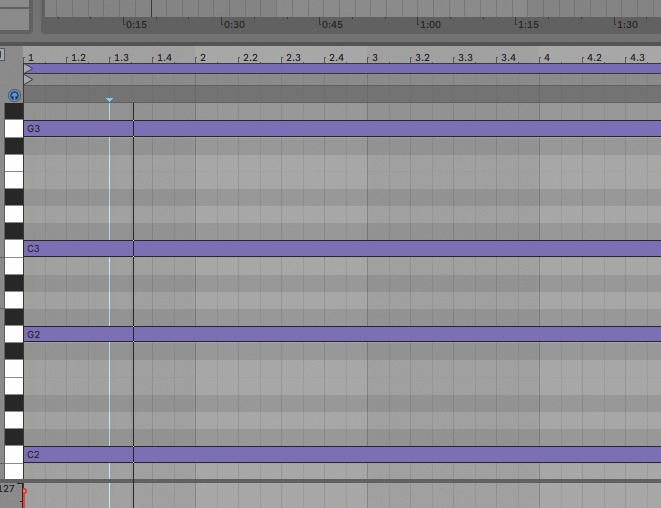
Step 6: Another neutral note option is the fourth – that’s five semitones up from the root note. In our original F#, this is B; in the G track, it’s C. This works partly because moving five semitones up from the root is the same as moving seven semitones down from it. Fifths and fourths will play nice no matter what key you’re in.
Computer Music magazine is the world’s best selling publication dedicated solely to making great music with your Mac or PC computer. Each issue it brings its lucky readers the best in cutting-edge tutorials, need-to-know, expert software reviews and even all the tools you actually need to make great music today, courtesy of our legendary CM Plugin Suite.
